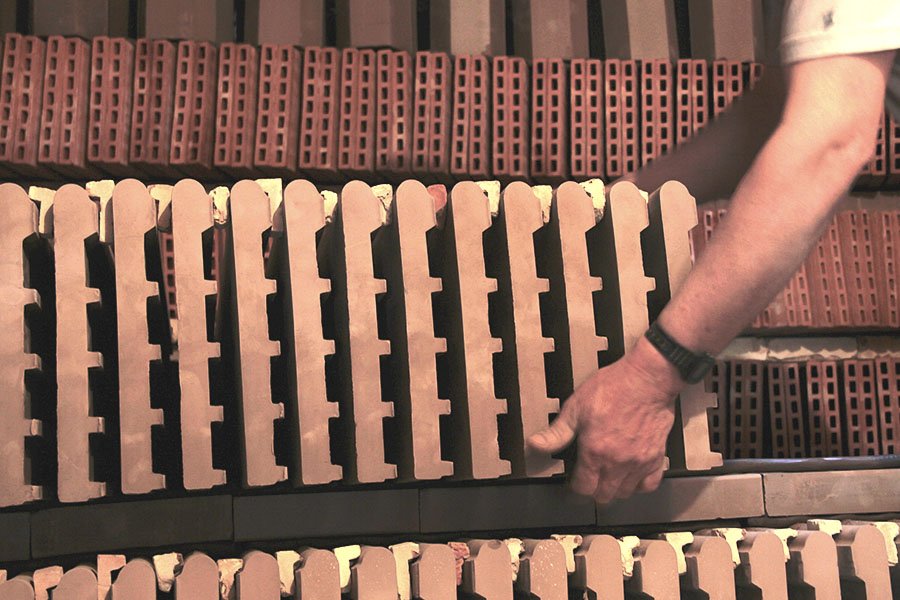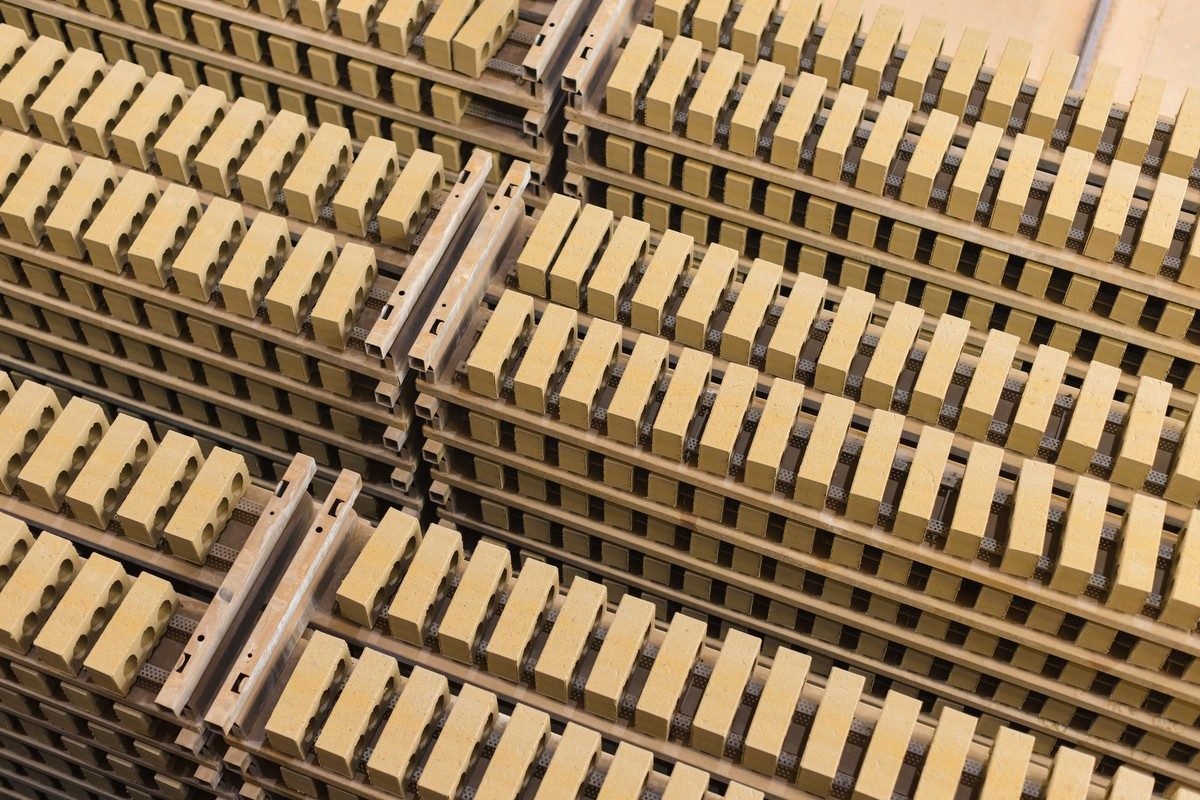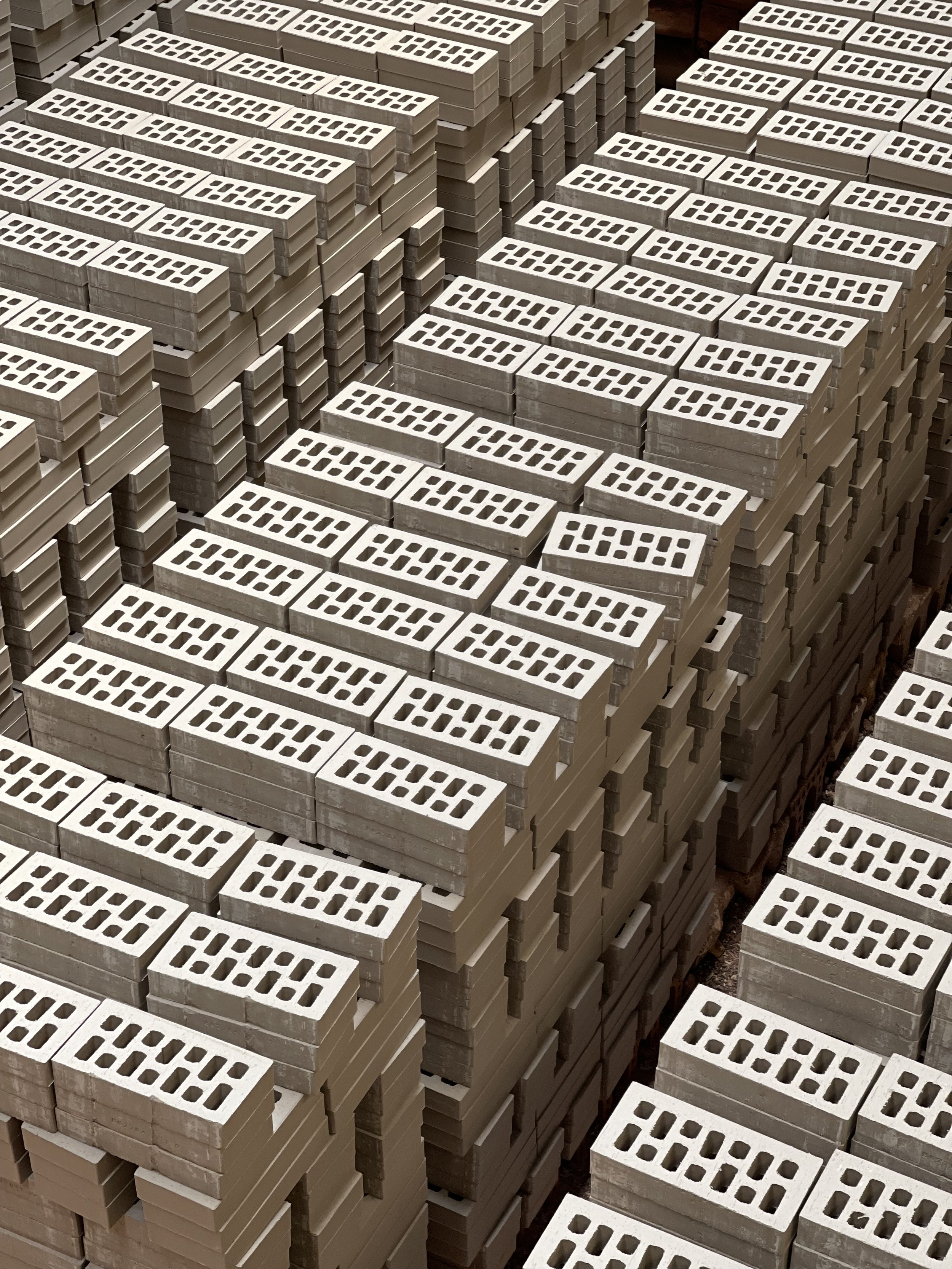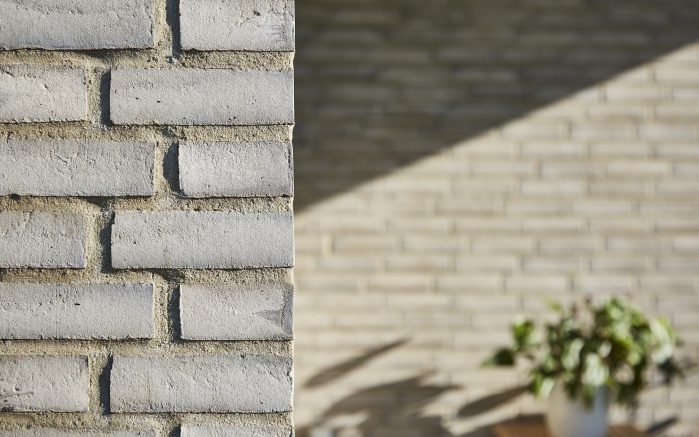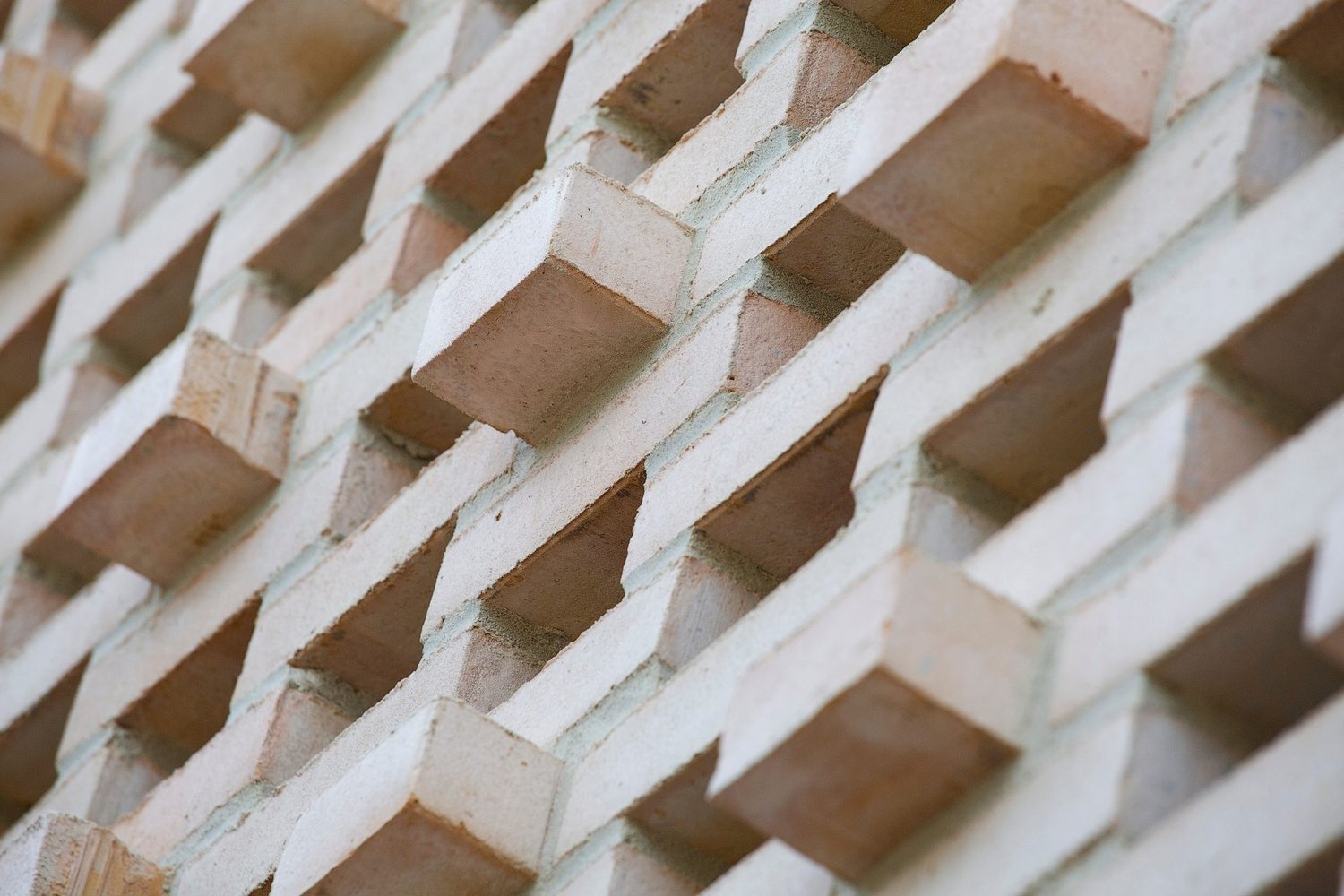Clay – building a better quality of life
/Fired clay is a versatile and robust building material that has a timeless appeal. Clay building products can be used across the whole envelope in the form of bricks, blocks, façade systems, roof tiles, and pavers.
The trans-generational lifecycle of clay-built structures means that they have become part of our cultural heritage and architectural identity. Today’s products are manufactured much more efficiently than in the past, which results in higher quality and lower environmental impact.
Here is a closer look at the benefits that clay building products offer to the construction industry
Versatility
Clay building products can be used for almost any new build construction or renovation project and can reflect all architectural styles, from traditional and historic to innovative and avant-garde. Architects love to experiment with clay building products as their compact size and the variety of colours and shapes available provides infinite design options when creating contemporary structures.
Durability
Thanks to the durability of clay as a building material, structures built using clay products are an investment for generations to come.
Bricks, blocks, roof tiles, and pavers made from clay are dimensionally stable, meaning that structural defects during construction are unlikely when the products are installed correctly. Once constructed, a brick wall is incredibly robust: it should not deform, shrink when drying, swell when wet, or crack when under prolonged stress.
Owing to the mechanical strength and stability of clay building products, brick buildings not only withstand wind, wet weather, hail, frost, storms and snow; they are also designed to cope with extreme conditions such as fire, landslides and flooding.
Thermal performance
Clay building materials have a high thermal mass, providing a comfortable indoor climate in all seasons. On hot summer days, clay block walls absorb and store heat, which will be released when the outside temperature decreases in the evening. This enables buildings to avoid overheating during summer and reduces the need for air conditioning. During cold winter days, clay block walls will retain warmth inside a building, even if the heating is interrupted.
The ability of clay building materials to buffer changes in exterior temperature makes them ideal for use in energy-efficient house concepts such as Passive houses.
Economic
A building structure made of clay blocks can be constructed quickly, saving both time and money during construction. Once in-use, maintenance costs are low due to clay products’ resistance to extreme weather conditions, pests, vegetation growth, and chemical pollution. The exceptional durability means that clay-built assets typically achieve high resale values.
In conclusion, clay is a building material with history and future in the construction industry. Construction methods using clay materials continue to produce safe, stable and sustainable buildings which cater to the demands of modern living. The properties of clay as a natural raw material make it ideal for creating durable, high performance building products.


